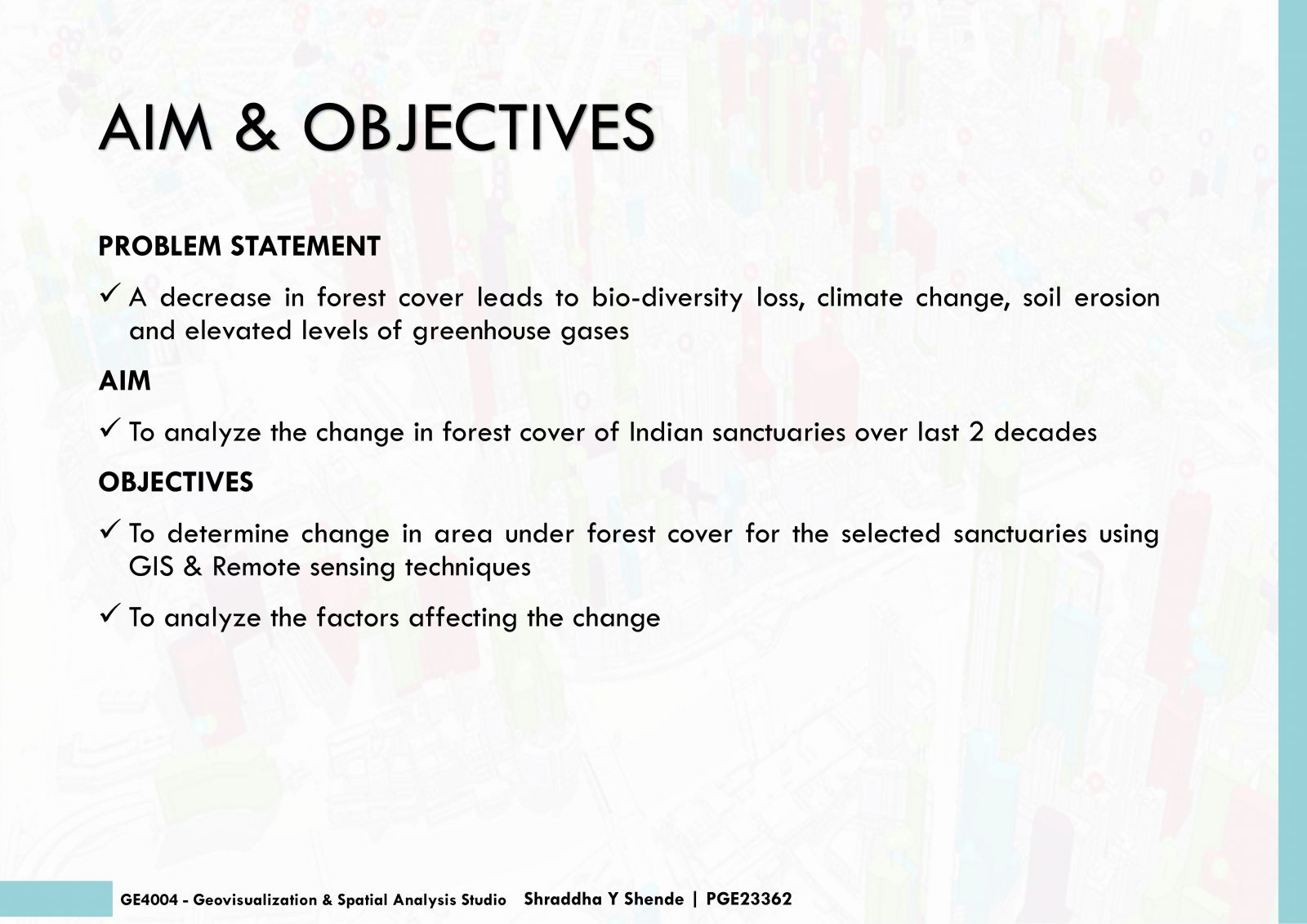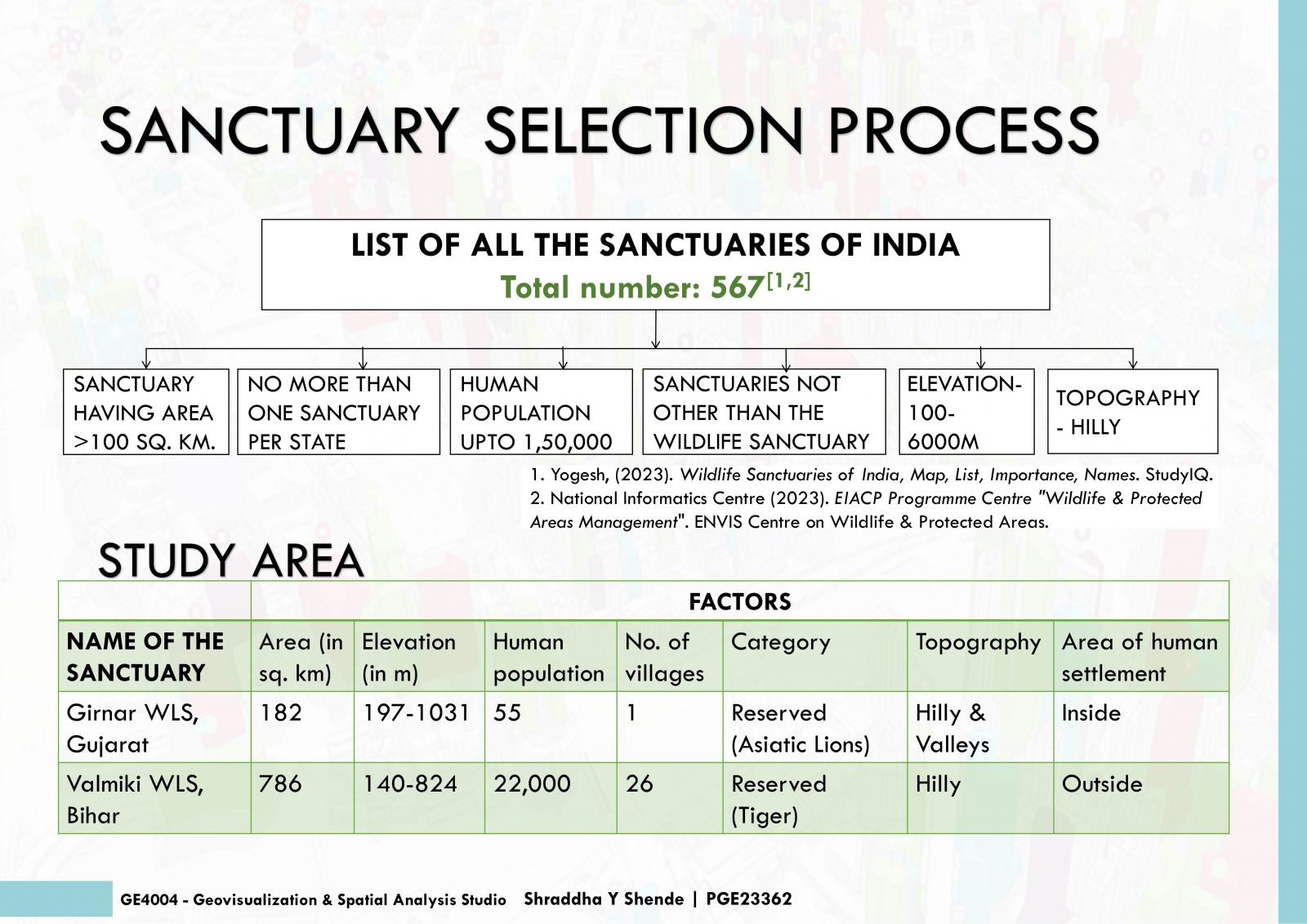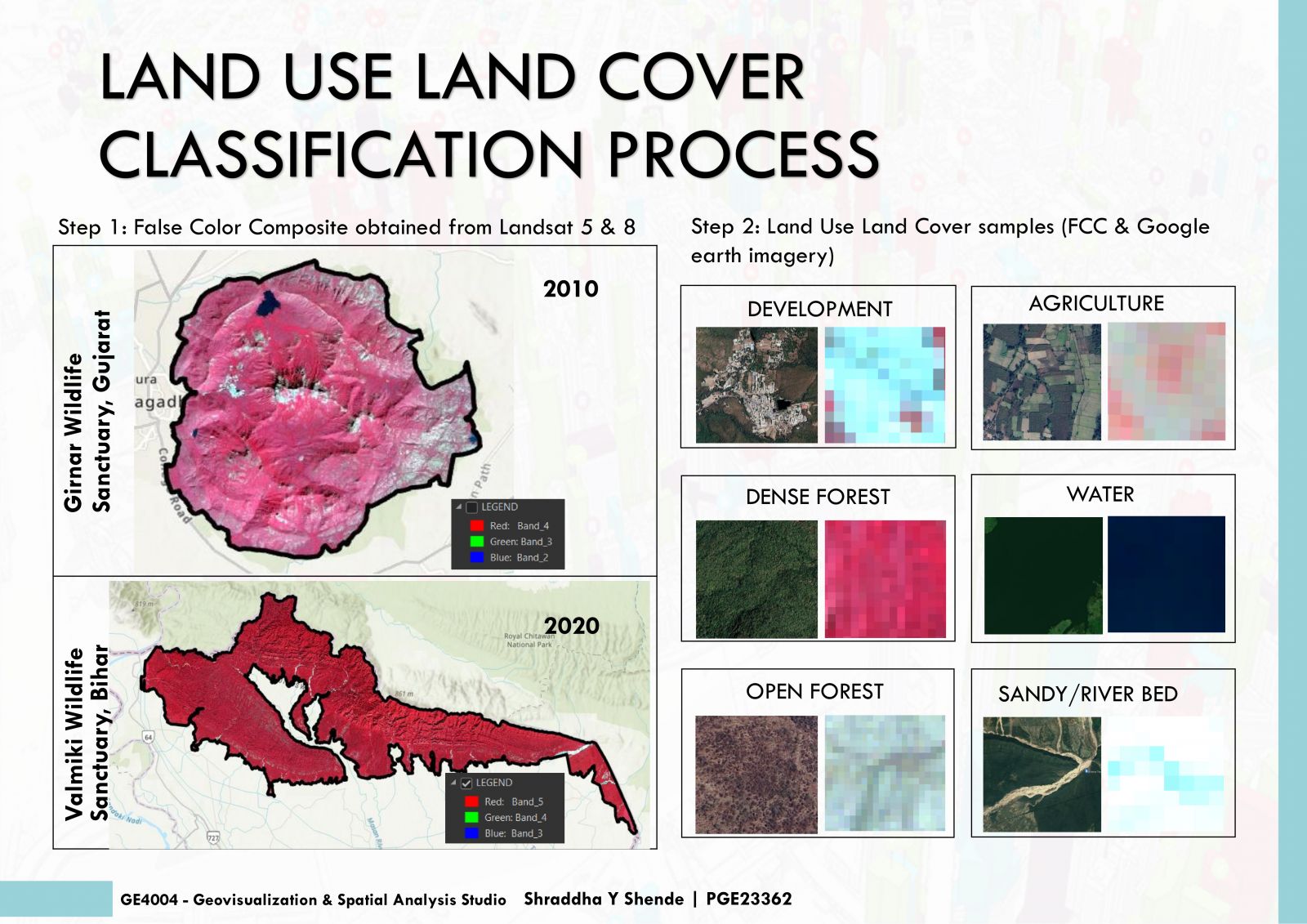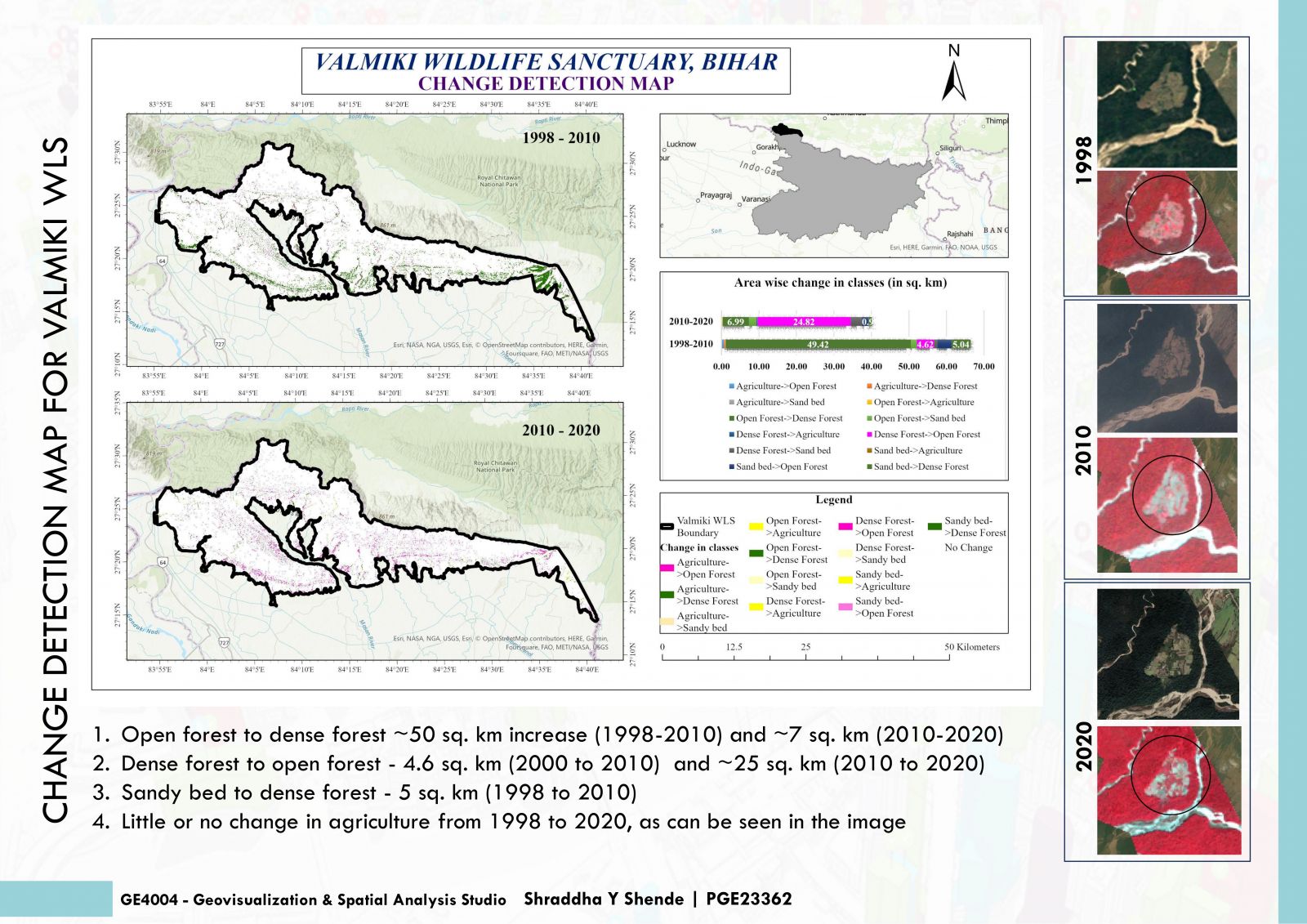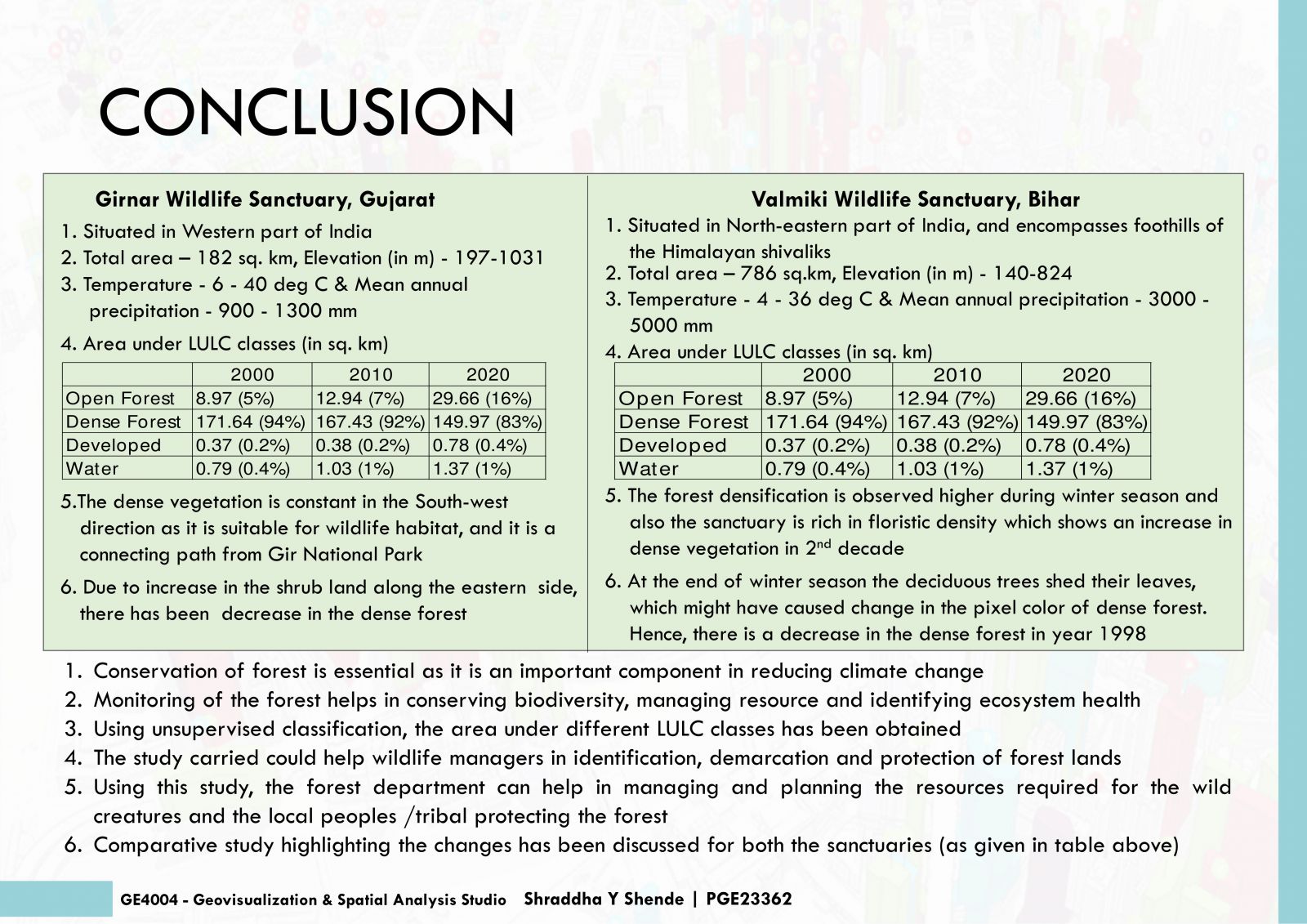Your browser is out-of-date!
For a richer surfing experience on our website, please update your browser. Update my browser now!
For a richer surfing experience on our website, please update your browser. Update my browser now!
The development of all living beings primarily depends on basic components like oxygen, water, food, shelter. Trees are one of the sources which fulfill all the requirements. Also, it acts as an important element in controlling climate change. Hence, its current proportion in terms of both quantity and quality is required to be monitored in order to better conserve and protect it. Using remote sensing and GIS technology. the analysis has been carried out for the forest cover of the sanctuaries. The present study shows the decadal change (in area) of the forest cover and factors responsible for the change.

